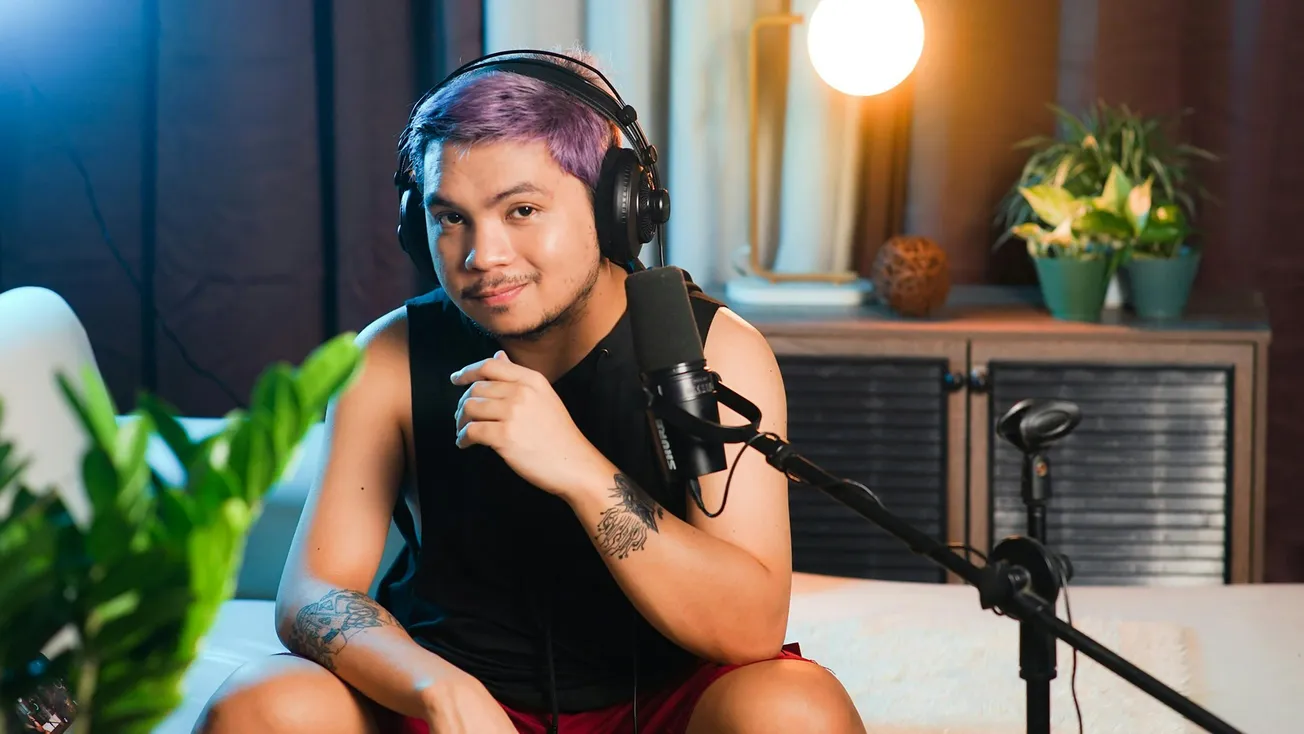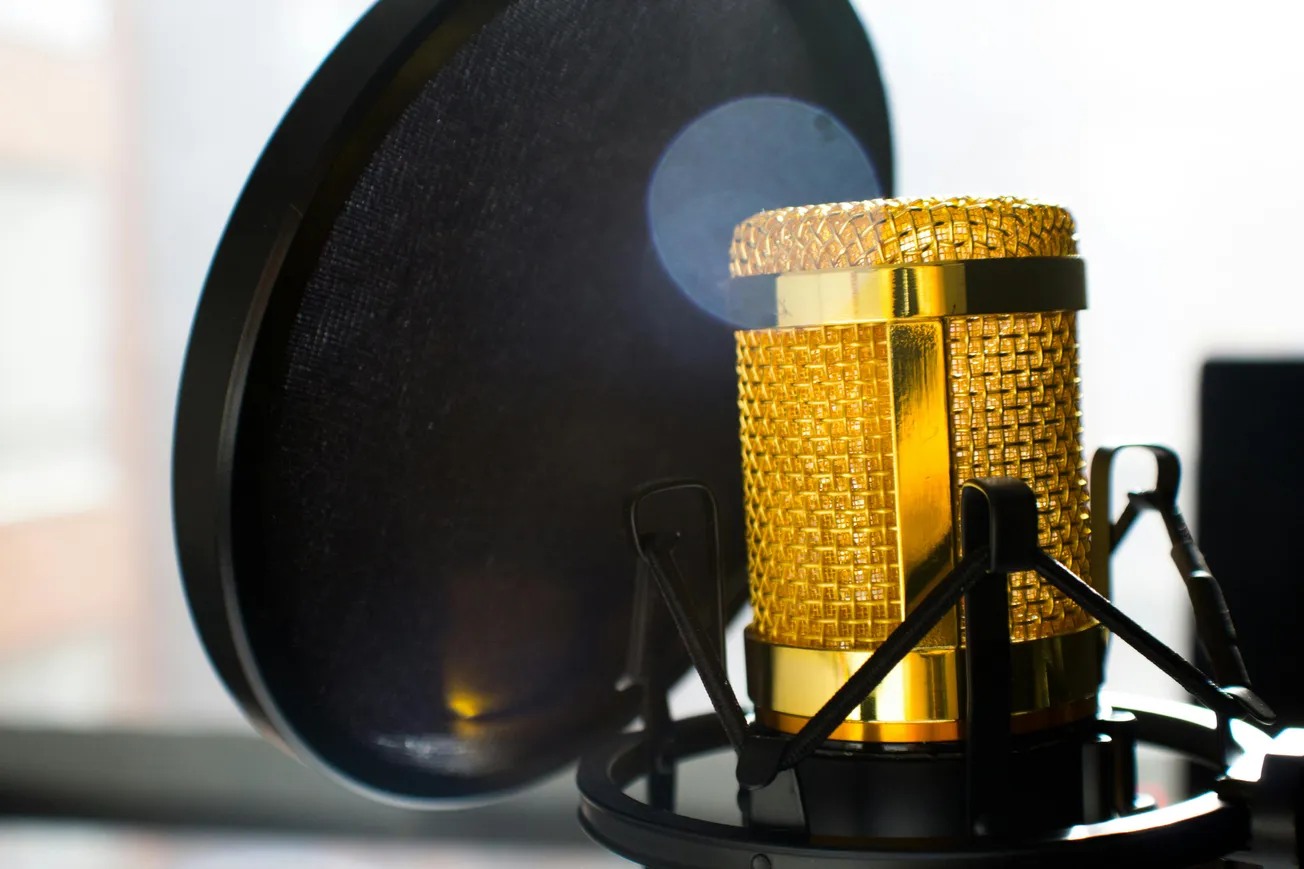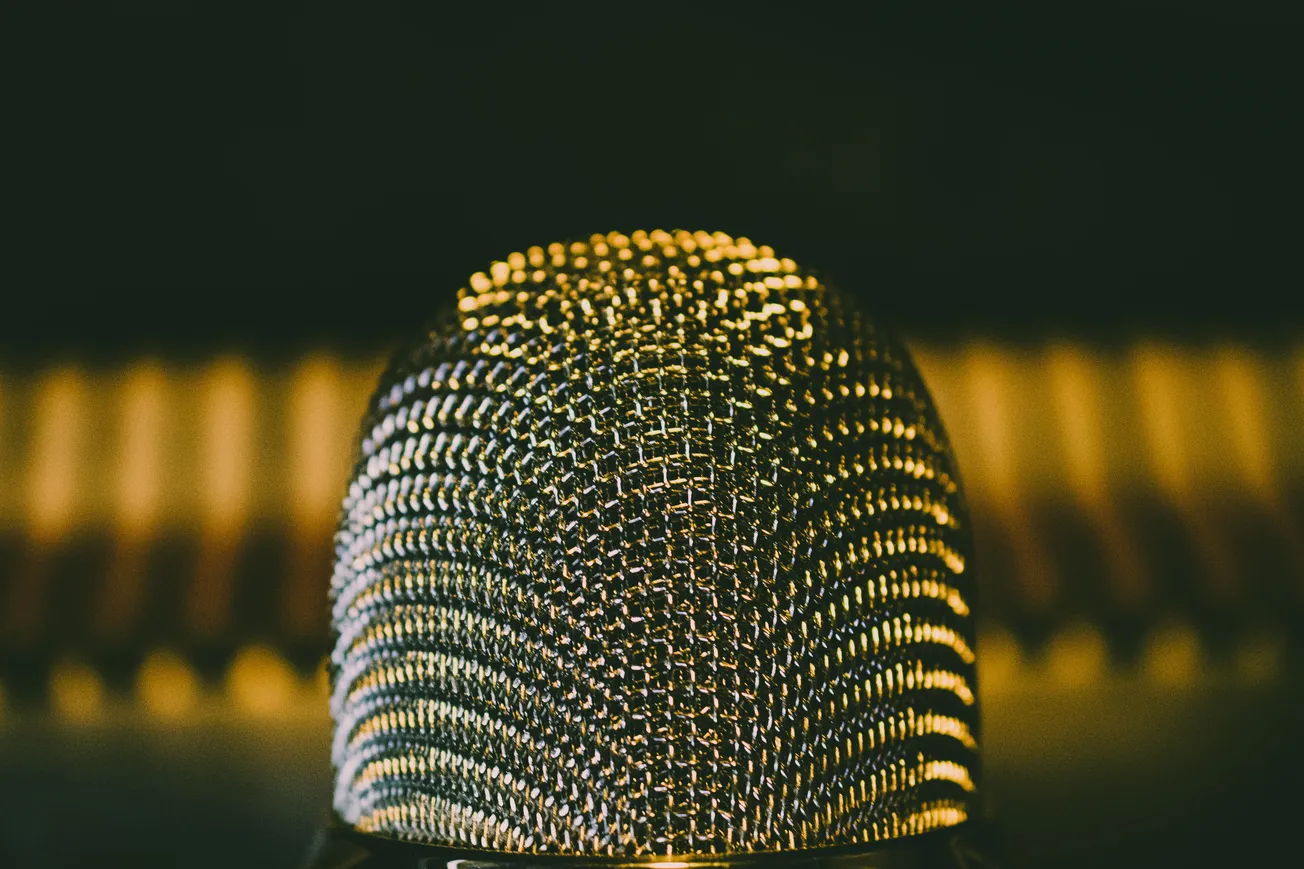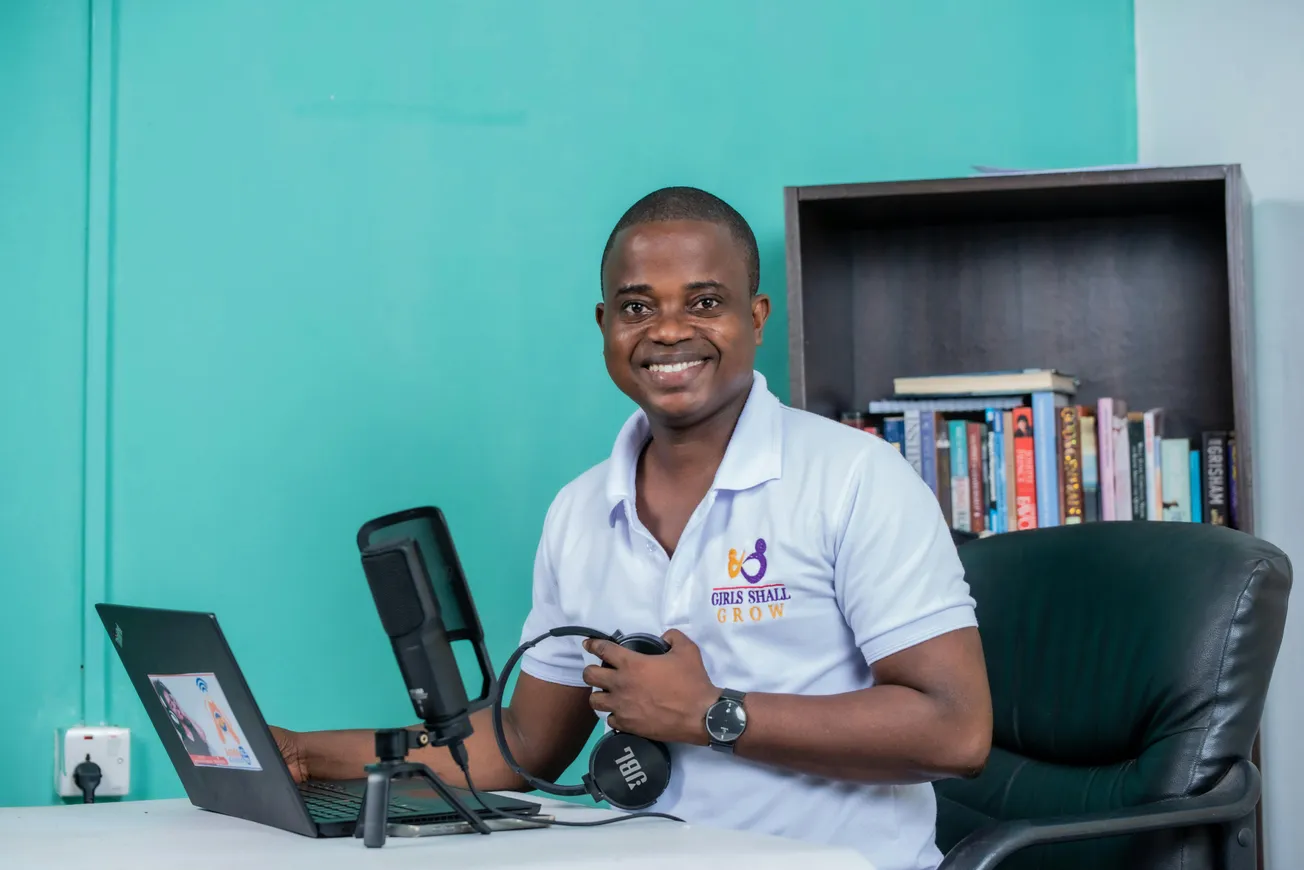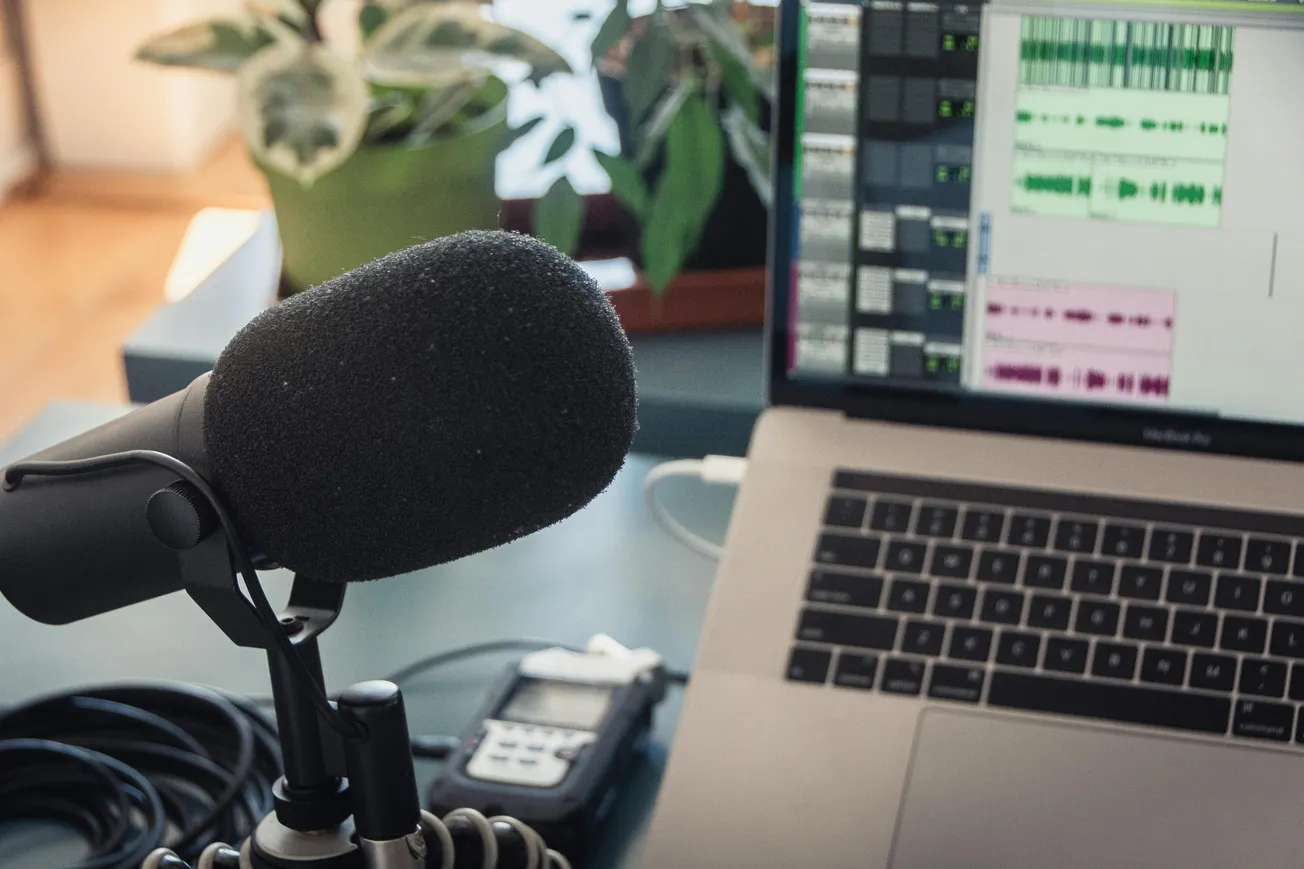Launching a podcast can feel intimidating—especially when it comes to the cost of equipment and setup. But thanks to accessible tools and smart planning, anyone can build a professional-sounding podcast studio without overspending.
Whether you're a hobbyist, entrepreneur, or content creator, these seven steps will guide you in setting up a budget-friendly podcast studio that delivers great audio quality from day one.
1. Understand the Value of a Low-Cost Studio Setup
The podcasting boom has opened the door for voices from every background. A lean, low-cost setup allows beginners to experiment, find their voice, and begin creating without major financial risk. It also helps small businesses and solo creators produce high-quality content while keeping overheads low.
2. Choose Essential Podcast Equipment
You don’t need high-end gear to sound professional—just the right essentials:
- Microphone: A solid USB mic like the Samson Q2U or Audio-Technica ATR2100X offers clarity and simplicity.
- Headphones: Closed-back models such as the Sony MDR7506 help monitor your recordings without sound bleed.
- Accessories: A basic mic stand and a pop filter improve your audio while keeping setup smooth and flexible.
3. Select Beginner-Friendly Recording Software
Your recording software, or Digital Audio Workstation (DAW), is where you'll capture and edit your episodes. Options like Audacity (free and open-source) and GarageBand (ideal for Mac users) offer plenty of features to get started with podcast production.
4. Optimize Your Recording Space
You don’t need a professional studio. Instead, pick a quiet room with soft surfaces—like carpets, curtains, or cushions—that absorb sound and reduce echo. Even a closet with clothes can serve as an effective recording booth.
5. Learn Basic Recording Techniques
Good technique matters as much as good gear. Keep your microphone about 4–6 inches from your mouth, speak clearly, and record in a quiet environment. Minimize background noise and test your levels before hitting record.
6. Edit and Enhance Your Audio
Use your DAW to clean up the recording. Start with simple edits: remove unwanted noise, normalize volume levels, and apply light compression. These tweaks will make your podcast sound more polished without requiring advanced skills.
7. Distribute Your Podcast for Free
Once your episodes are ready, use free hosting platforms like Spotify for Creators to upload and distribute your podcast. They offer seamless submission to major directories like Spotify, Apple Podcasts, and Google Podcasts, helping you reach your audience with minimal effort.
Starting a podcast doesn’t require a big budget—just a clear plan, the right tools, and consistent effort. By following these seven steps, you can launch a podcast studio that grows with your content.
Focus on delivering value and quality, and let your voice take the lead.


